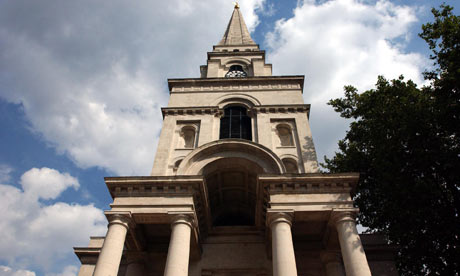
Some time back, I wrote a blog about Chris Torrance's The Magic Door, in which I spoke about the way the poem drew on both modernist influences and on the peculiarly British version of the late 1960s/early 1970s counterculture.
Ever since, I've been thinking about this nexus and of the fairly numerous long poems that have been written by British poets who came into their own in this period, the Children of Albion generation[ii], for want of a better term. These poets tended to be interested in the Poundian line of modernism, but this interest was often tempered by a particular debt to British modernists such as Basil Bunting, Hugh MacDiarmid and David Jones.
Their indebtedness to the counterculture was apparent in an interest in the Matter of Britain: standing stones, ley lines, and other deposits of the island's Celtic and pre-Celtic cultures; the corpus of medieval and Renaissance ballad and courtly song; British folk art, music and dance; the Beat poets and their American predecessors, especially William Williams and Charles Olson, and so on.
If The Magic Door is the British rural countercultural epic par excellence, its urban equivalent must be Iain Sinclair's Lud Heat and Suicide Bridge diptych. These are two long interrelated poem sequences in prose and verse that were written concurrently between 1973 and 1979 and originally published by Sinclair's own Albion Village Press, who also, as it happens, brought out the first volume of The Magic Door.
Lud Heat, subtitled A Book of the Dead Hamlets, maps London on the dual axes of the poet's experiences as an assistant gardener with the parks department, especially in his just-published Hackney, That Rose-Red Empire, and the "sacred landscape" delineated by the churches of Nicholas Hawksmoor. This mapping is done quite literally at the beginning of the book when the reader is presented with a map of the city showing the churches and the "lines of influence" that join them. These latter-day ley lines are further defined as "rods of force" that are active in this city.
This ambition to chart the hidden reality of London prefigures the concerns that are evident in much of Sinclair's later, and better-known, prose. It also acts as the direct model for Peter Ackroyd's novel Hawksmoor.
Suicide Bridge, which is subtitled A Book of the Furies/A Mythology of South & East, covers much of the same ground as Lud Heat, but here the mythological strata that are hinted in the other book are clearly foregrounded. Egyptian deities, the Kabbalah, Aleister Crowley, Blake, Howard Hughes, JFK and a host of other 1970s countercultural icons and conspiracy theorists make an appearance.
Summarised like this, it may sound like unpromising material, but the sheer quality of the writing means that the whole is greater than the sum of its parts. The influences of David Jones and Olson are evident across the two books, but Sinclair's unique vision and direct line to the paranoia of the times make them essential reading for anyone who is interested in the hidden history of modern British poetry. It is, I suppose, understandable that his achievements as a prose writer have obscured his poetry, understandable but unfortunate. It's time to redress the balance; get your hands on these books and read them.

